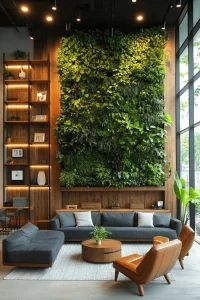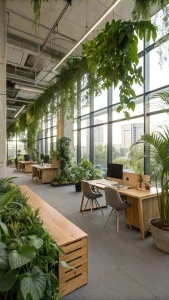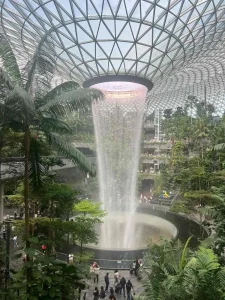Biophilic Architecture: How Connecting with Nature Enhances Modern Life
In today’s fast-paced urban world, most people are disconnected from nature. Biophilic architecture offers a solution by integrating natural elements into built environments, promoting well-being, productivity, and sustainability.
What is Biophilic Architecture?
Biophilic architecture is inspired by the concept of “biophilia,” meaning a love for life and nature. By incorporating natural features into design, this approach creates spaces that improve mental and physical health while enhancing aesthetic appeal.
Key Principles of Biophilic Design
- Maximizing natural light to boost energy and mood
- Integrating living plants and green walls indoors
- Using natural materials like wood, stone, and water for calming effects
- Large windows with views of nature
- Open, flexible spaces that foster relaxation and comfort

Health and Lifestyle Benefits of Biophilic Architecture
- Reduces stress and anxiety
- Increases focus, creativity, and productivity at work
- Improves sleep quality and overall mental well-being
- Encourages a sense of connection and happiness
- Supports sustainable and eco-friendly living

Notable Examples of Biophilic Design Worldwide
- Bosco Verticale, Milan: Residential towers covered with thousands of trees and plants
- Jewel Changi Airport, Singapore: A stunning indoor forest in an airport setting
- Green architectural projects in Iran: Modern villas and buildings incorporating nature
Challenges of Implementing Biophilic Architecture
- High construction and maintenance costs
- Upkeep of living plants and green installations
- Climate and cultural constraints in some regions
The Future of Biophilic Architecture: Reconnecting Humans with Nature
Biophilic architecture is not just a design trend—it is a path toward healthier, more sustainable cities. By reconnecting people with nature, it can transform urban living into a more human-centered and enjoyable experience.


